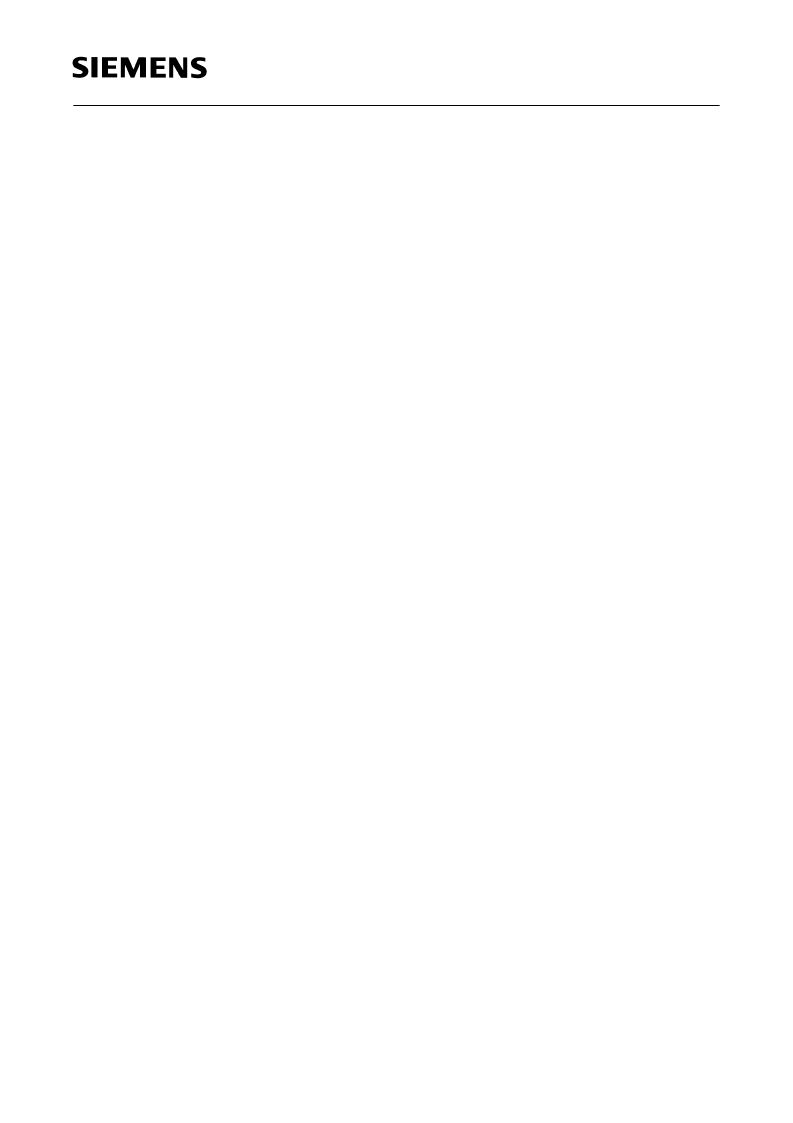- 您現(xiàn)在的位置:買賣IC網(wǎng) > PDF目錄361238 > Q67101-H6788 (SIEMENS AG) ICs for Communications PDF資料下載
參數(shù)資料
| 型號: | Q67101-H6788 |
| 廠商: | SIEMENS AG |
| 英文描述: | ICs for Communications |
| 中文描述: | 通信集成電路 |
| 文件頁數(shù): | 67/272頁 |
| 文件大小: | 4055K |
| 代理商: | Q67101-H6788 |
第1頁第2頁第3頁第4頁第5頁第6頁第7頁第8頁第9頁第10頁第11頁第12頁第13頁第14頁第15頁第16頁第17頁第18頁第19頁第20頁第21頁第22頁第23頁第24頁第25頁第26頁第27頁第28頁第29頁第30頁第31頁第32頁第33頁第34頁第35頁第36頁第37頁第38頁第39頁第40頁第41頁第42頁第43頁第44頁第45頁第46頁第47頁第48頁第49頁第50頁第51頁第52頁第53頁第54頁第55頁第56頁第57頁第58頁第59頁第60頁第61頁第62頁第63頁第64頁第65頁第66頁當(dāng)前第67頁第68頁第69頁第70頁第71頁第72頁第73頁第74頁第75頁第76頁第77頁第78頁第79頁第80頁第81頁第82頁第83頁第84頁第85頁第86頁第87頁第88頁第89頁第90頁第91頁第92頁第93頁第94頁第95頁第96頁第97頁第98頁第99頁第100頁第101頁第102頁第103頁第104頁第105頁第106頁第107頁第108頁第109頁第110頁第111頁第112頁第113頁第114頁第115頁第116頁第117頁第118頁第119頁第120頁第121頁第122頁第123頁第124頁第125頁第126頁第127頁第128頁第129頁第130頁第131頁第132頁第133頁第134頁第135頁第136頁第137頁第138頁第139頁第140頁第141頁第142頁第143頁第144頁第145頁第146頁第147頁第148頁第149頁第150頁第151頁第152頁第153頁第154頁第155頁第156頁第157頁第158頁第159頁第160頁第161頁第162頁第163頁第164頁第165頁第166頁第167頁第168頁第169頁第170頁第171頁第172頁第173頁第174頁第175頁第176頁第177頁第178頁第179頁第180頁第181頁第182頁第183頁第184頁第185頁第186頁第187頁第188頁第189頁第190頁第191頁第192頁第193頁第194頁第195頁第196頁第197頁第198頁第199頁第200頁第201頁第202頁第203頁第204頁第205頁第206頁第207頁第208頁第209頁第210頁第211頁第212頁第213頁第214頁第215頁第216頁第217頁第218頁第219頁第220頁第221頁第222頁第223頁第224頁第225頁第226頁第227頁第228頁第229頁第230頁第231頁第232頁第233頁第234頁第235頁第236頁第237頁第238頁第239頁第240頁第241頁第242頁第243頁第244頁第245頁第246頁第247頁第248頁第249頁第250頁第251頁第252頁第253頁第254頁第255頁第256頁第257頁第258頁第259頁第260頁第261頁第262頁第263頁第264頁第265頁第266頁第267頁第268頁第269頁第270頁第271頁第272頁

SAB 82532/SAF 82532
HDLC/SDLC Serial Mode
Semiconductor Group
67
07.96
5.4.9
As an option in non-auto mode or transparent mode 0, the internal handling of received
and transmitted CRC checksum can be influenced via control bits CCR3:RCRC and
CCR3:XCRC.
Receive direction:
The received CRC checksum is always assumed to be in the 2 (CRC-CCITT) or 4
(CRC-32) last bytes of a frame, immediately preceding a closing flag. In the version 1 of
ESCC2 a check is performed on the CRC but the received CRC bytes are not transferred
to the RFIFO. In version 2 upwards, if CCR3:RCRC is set, the received CRC checksum
will be written to RFIFO where it precedes the frame status byte (contents of register
RSTA). The received CRC checksum is additionally checked for correctness. If non-auto
mode is selected, the limits for ‘Valid Frame’ check are modified (refer to description of
bit RSTA:VFR).
Transmit direction:
If CCR3:XCRC is set, the CRC checksum is not generated internally. The checksum has
to be provided via the transmit FIFO (XFIFO) as the last two or four bytes. The
transmitted frame will only be closed automatically with a (closing) flag.
Note: The ESCC2 does not check whether the length of the frame, i.e. the number of
bytes, to be transmitted makes sense or not.
CRC ON/OFF Feature (version 2 upward)
5.4.10
Receive Address Handling (version 2 upward)
Mask for Address Detection
The Receive Address Low/High Byte (RAL1/RAH1) can be masked by setting the
corresponding bits in the mask registers (AML/AMH) to allow extended broadcast
address recognition. This feature is applicable to all operating modes with address
recognition (auto mode, non-auto mode and transparent mode 1). It is disabled if all bits
of registers AML and AMH are set to ‘zero’ (RESET value). The function of RAL2/RAH2
and detection of the fixed group address FE
H
or FC
H
if applicable to the selected
operating mode remain unchanged.
Note: As a very useful option, the detected receive address can be pushed to RFIFO
(CCR3:RADD).
Receive Address Pushed to RFIFO
As an option in the auto mode, non-auto mode and transparent mode 1, the address field
of received frames can be pushed to RFIFO (first one/two bytes of the frame). This
function is especially useful in conjunction with the extended broadcast address
recognition. It is enabled by setting control bit CCR3:RADD.
Note: In this case the ratio of receive frequency (
f
r
) to transmit frequency (
f
x
) and to
master clock frequency (
f
m
) must fulfill:
f
r
/
f
x
<
1.5 (normal operation),
f
r
/
f
m
<
1.5 (master clock operation).
相關(guān)PDF資料 |
PDF描述 |
|---|---|
| Q67101-H6789 | ICs for Communications |
| Q67101-H6790 | ICs for Communications |
| Q67101-H6791 | ICs for Communications |
| Q67101-H5190 | SRC-Scan Rate Converter SDA9255 |
| Q67101-H6773 | Replaced by UCC2897A : Current Mode Active Clamp PWM Controller 20-TSSOP -40 to 105 |
相關(guān)代理商/技術(shù)參數(shù) |
參數(shù)描述 |
|---|---|
| Q67101-H6789 | 制造商:INFINEON 制造商全稱:Infineon Technologies AG 功能描述:ICs for Communications |
| Q67101-H6790 | 制造商:INFINEON 制造商全稱:Infineon Technologies AG 功能描述:ICs for Communications |
| Q67101-H6791 | 制造商:INFINEON 制造商全稱:Infineon Technologies AG 功能描述:ICs for Communications |
| Q67101-H6864 | 制造商:INFINEON 制造商全稱:Infineon Technologies AG 功能描述:Joint Audio Decoder-Encoder for Analog Videophone JADE AN |
| Q67103-H6594 | 制造商:INFINEON 制造商全稱:Infineon Technologies AG 功能描述:Memory Time Switch Extended Large MTSXL |
發(fā)布緊急采購,3分鐘左右您將得到回復(fù)。